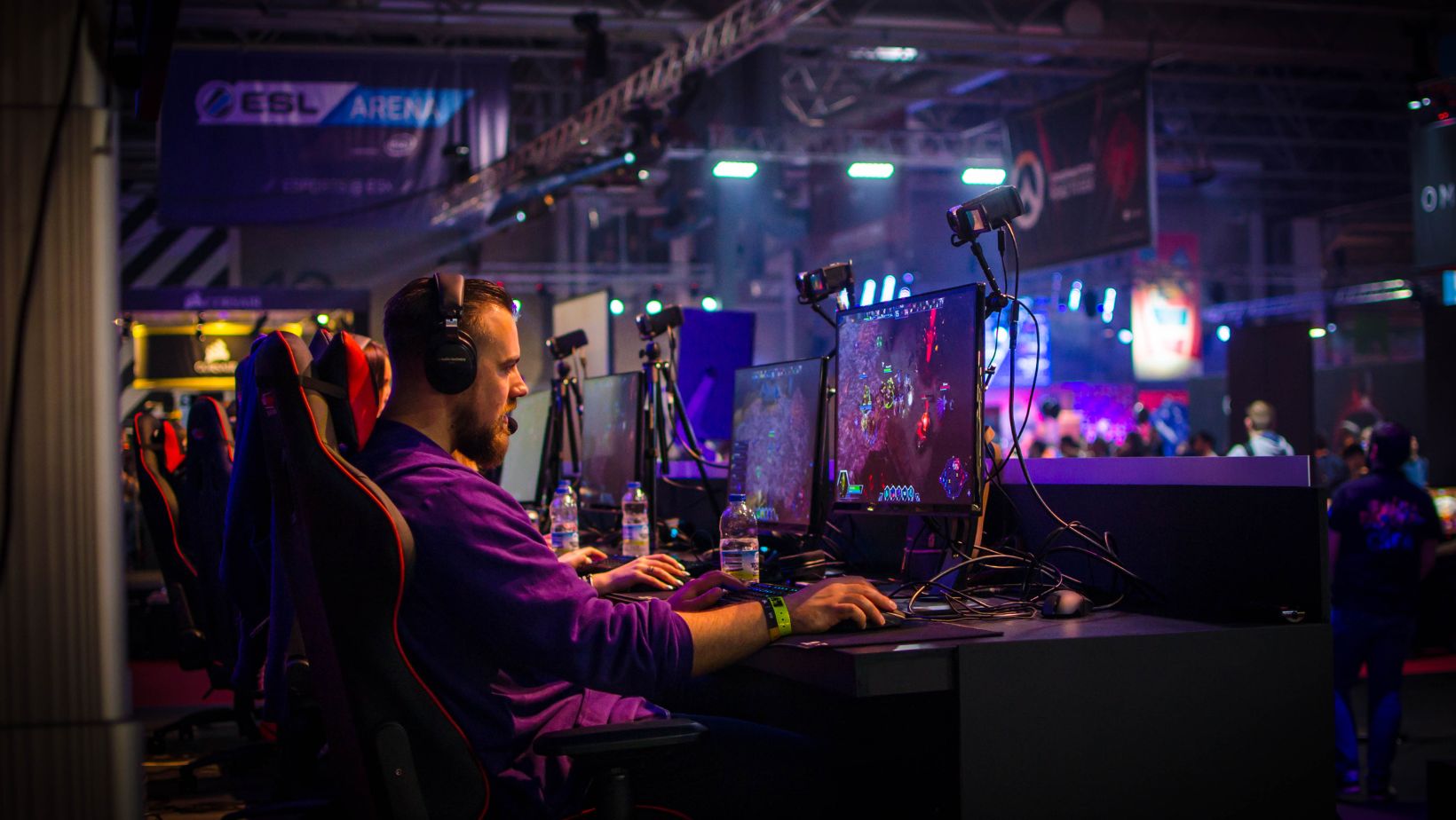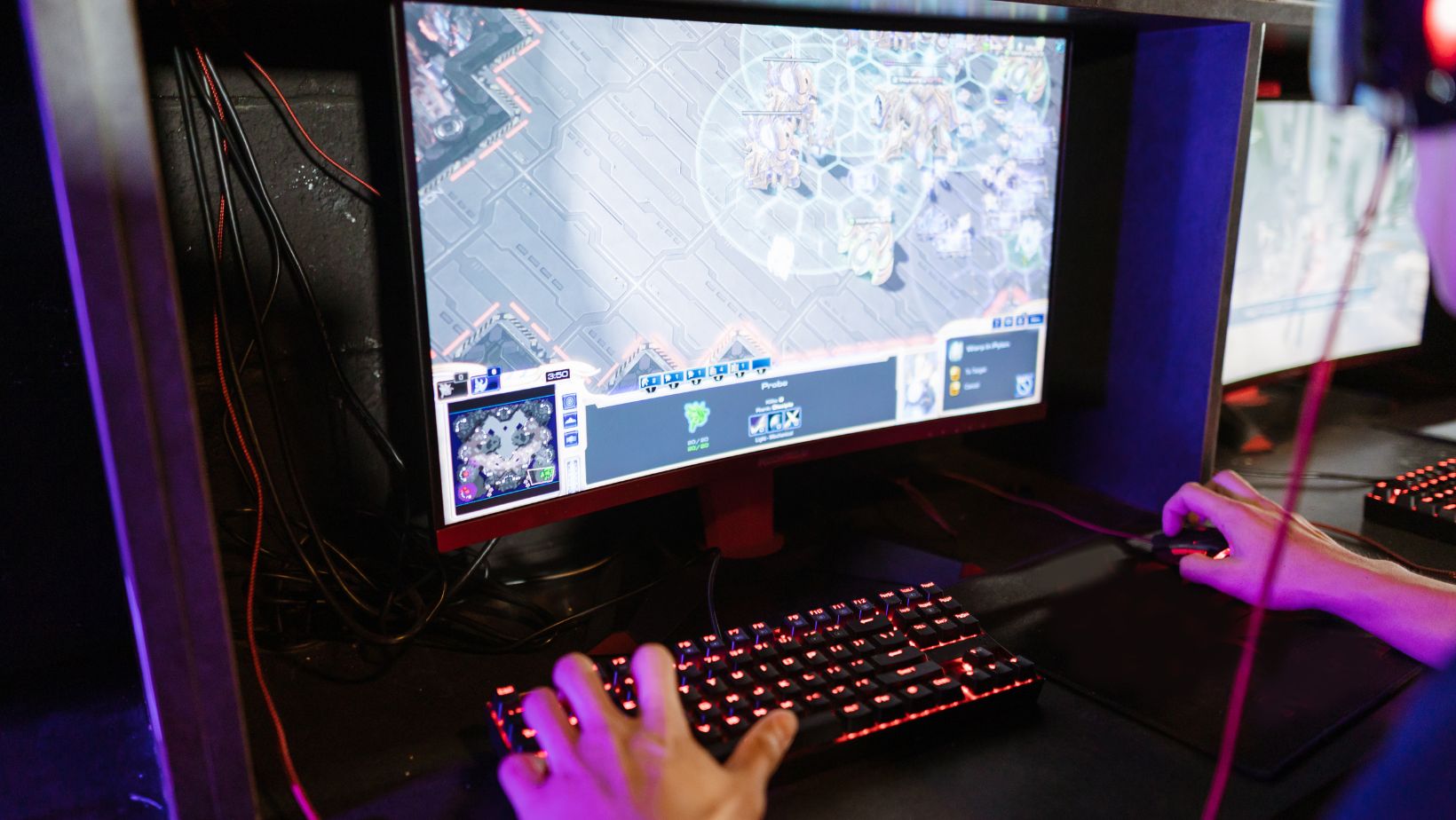
CS2 skin trade-ups might seem simple at first glance. It feels like all you need to do is select your skins and get one in return based on your choices. While it’s true that the process isn’t fundamentally difficult, there are definitely some written and unwritten rules you should know about.
Whether you’re navigating the Trade-Up process or refining your strategy, understanding these guidelines can make all the difference. You guessed it, this article is all about CS2 skin trade-ups, covering what to do and what to avoid.
Ideal Trade-Up Techniques Every Player Should Know
Even though the process is entirely random, there are several techniques you can apply to maximize your chances of getting high-value items:
Plan for Profitable Trade-Ups
Before jumping into a trade-up, it’s a good idea to check if it’s worth the investment. Take the total cost of the skins you’re using and compare it to the potential value of the outcomes. Look for trade-ups where the possible results are worth more than the skins you’re putting in.
Stick to Skins from the Same Collection
If there’s a particular collection you’re aiming for, it’s best to use only skins from that collection in your trade-up. This increases your chances of getting an item you actually want. For example, if you’re targeting something from the Canals Collection, make sure all the skins you’re trading are from that set.
Focus on Skins with Low Float Values
A great way to improve your trade-ups is by paying attention to the float values of the skins you’re using. Float values determine a skin’s condition, like Factory New or Minimal Wear, and picking skins with lower floats can give you a better chance of crafting a skin in great condition. This is especially important since skins in better condition usually sell for more.
Common Mistakes Players Make with CS2 Trade-Ups
Yes, there are dos and don’ts. Just as there are effective strategies, there are also some mistakes players should avoid with trade-ups:
Rushing Without Market Research
Another big mistake is rushing into trade-ups without checking the market trends. Prices for skins can fluctuate frequently, and what seems like a good deal today might not be tomorrow.

Failing to research the current value of skins or the demand for certain collections can lead to losses. Always take some time to analyze the market, compare the potential outcomes with your investment, and make sure the trade-up aligns with your profit goals.
Not Calculating Float Averages
Players often overlook how float values combine in a trade-up. The resulting skin’s float is determined by the average float value of the skins used, which affects the final condition of the item. If you don’t pay attention to this, you might end up with skin in a worse condition than expected, drastically reducing its market value. Make sure to calculate the average float beforehand to avoid this pitfall and ensure you’re maximizing the value of your trade-up.
Ignoring Collection Combinations
One of the most common mistakes players make is mixing skins from too many different collections without considering the potential outcomes. This approach dilutes your chances of getting a skin from a specific collection you might be targeting. While it’s tempting to throw in random low-value skins to complete the trade-up, doing so often results in disappointing results.
What to Aim for in CS2 Trade-Ups
But what should the end result be? What should you ideally aim for in a trade-up? Here’s what you should look to get:
Targeting Profit-Making Skins
The primary goal of any CS2 (CS:GO) trade-up is to generate profit. You should aim to get a skin that’s worth significantly more than the combined value of the skins you’re trading up. To achieve this, focus on collections and skins that are in high demand and have limited supply. For example, skins from exclusive collections or those with unique designs and patterns often fetch a higher price in the market.
Getting a Rare or Desirable Skin
Another ideal outcome of a trade-up is acquiring rare or visually appealing skin that’s difficult to obtain through other means, such as case openings.

These skins not only hold sentimental value for many players but can also serve as a long-term investment. Look for trade-ups that have the potential to yield high-tier skins with great aesthetics or popular designs that resonate with the CS2 community.
Achieving Minimal Wear or Factory New Condition
When targeting specific skins, it’s not just about rarity or design, condition matters a lot, too. Skins in Minimal Wear or Factory New condition often command much higher prices in the market compared to those in lower conditions. Aim to use skins with low float values in your trade-up to increase the likelihood of getting a high-condition skin. A Factory New or Minimal Wear item not only looks better but also holds its value better over time.
Conclusion
In conclusion, this article focused on CS2 skin trade-ups and covered everything you need to know about them. Remember, the best knowledge comes with practice. Start by selecting the skins you don’t need and begin trading up step by step. Good luck!


